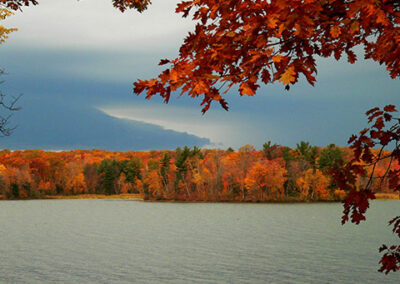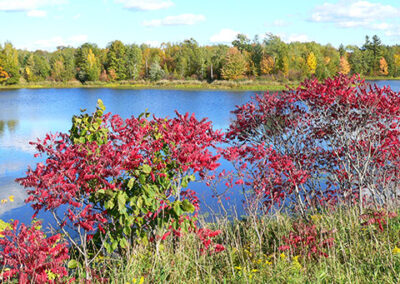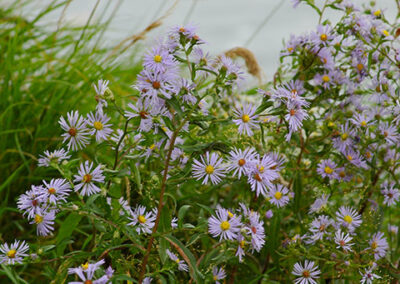How to Help
Join/Renew
Donate
Fund a Need
Endowment
The Long Lake Endowment Fund has been established to improve and protect Long Lake for future generations. The goal of this endowment fund is to generate sufficient annual returns to provide consistent revenues to fund our efforts to improve the lake and support the Long Lake Science Director position. It is intended to provide long term financial support for the LLPA. The key elements of the investment strategy are capital preservation, return on investment, and a perpetual horizon. All members of the LLPA are encouraged to contribute annually to preserve and protect Long Lake in perpetuity. For more information, please contact Megan Sorensen at 715-635-2197.
Lake Friendly Living
LLPA Watershed Brochure
Landscaping & Lawn Care
- Fertilizers & Lawn Care
- Landscaping with Natives
- Rain Gardens
- How to build a Rain Garden – manual
- Shoreline Buffers
Around your Home & Property
- Septic Systems
- Don’t Flush Your Drugs
- Hazardous Household Products
- Permeable Pavement
- Rain Barrels
- Water Conservation
- Cars
- Pets
Shoreline Buffers
The Problem
More and more people are building year-round or second homes on the lake. They often bring their idea of a conventional yard with them, leading to a grass lawn down to the lake shore. Problems with bringing traditional lawns to the lake shore can include:
- Excessive plant growth and algal blooms;
- Shoreline erosion and sedimentation;
- Loss of wildlife habitat;
- An increase in nuisance animals; and
- Loss of leisure time.
The Solution
A well landscaped yard adds value to your property and can also benefit the lake’s water quality and overall health. The benefits of buffers include:
- Food and shelter for local wildlife;
- Stabilization of soil to reduce erosion;
- Filtration of pollutants and sediments;
- Absorption of nutrients;
- Deterrence of nuisance species;
- Privacy from lake users; and
- Savings in time and money for maintenance.
What is a vegetative buffer?
A vegetative buffer, or buffer zone, is a strip of natural vegetation along the shoreline of a lake or waterbody. Ideally, the vegetation should cover at least 50-75% of the property’s lake frontage. By restoring the shoreline with native plants, you restore the ecological functions of the lake shore.
Use the natural landscape as your guide
Let trees form a canopy, with shrubs, flowers, and ground cover underneath, creating multiple layers – just like in nature. If your trees are bigger than you want, stick with lower shrubs and flowers. Do what works for you – any plants are better than grass all the way down to the lake.
Right Plant. Right Place.
Long Lake is in Zone 3-4 of the plant hardiness zones – so be sure any plants you pick are meant for zone 4 or colder. You will also need to consider the soil type, sunlight, drainage and slope on your site.
What should I plant?
Contact your local extension office to pick up a list of recommended plants for buffers. You can also check out the demonstration rain garden at Hunt Hill Audubon Sanctuary.
How do I get started ?
Look around at natural areas to see what plants are growing there. There are also many plant lists available online or at our local nursery/landscape centers. Find a local landscaper with experience planting buffers, or help educate your current landscaping team.
Volunteer
We need you!
There are plenty of opportunities to get involved! LLPA offers you the chance to get involved in the work of various committees (educational/environmental) or become a board member.
Much of LLPA’s work is done by committees, composed both of board members and non-board members of the Association. It has been a long time since all board positions have been filled, and those willing to participate on the board or on committees will be warmly welcomed.
Get to know your board members and read about the fascinating work being done by our committees.
Love your lake – get involved – share your suggestions!




